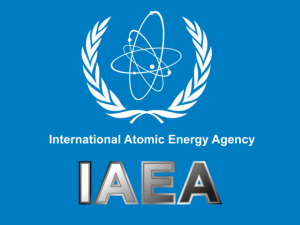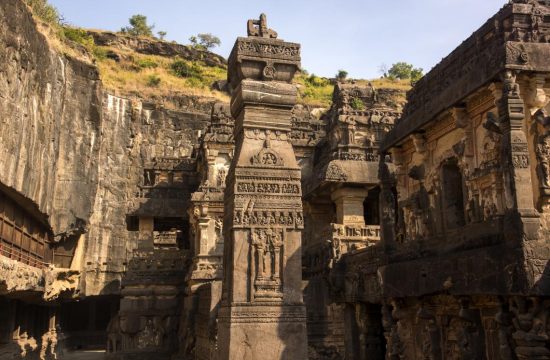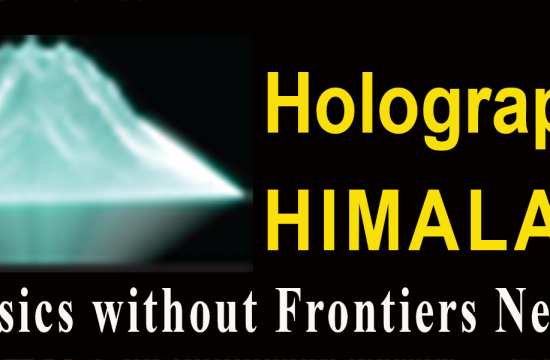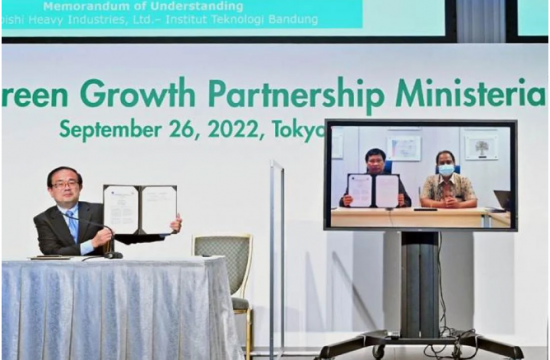The International Atomic Energy Agency and the University of Hawaii’s Pacific Disaster Center (PDC) signed an agreement today to cooperate on monitoring of external hazards in relation to the safety of nuclear installations.
The three-year agreement sets out cooperation in the areas of external hazards risk and impact assessment, hazard early warning, and information and knowledge sharing. The cooperation will contribute to the development of the Agency’s External Events Notification and Information System, which will be beneficial for both Member States and the IAEA’s work to prepare for and respond to nuclear and radiological incidents and emergencies.
The External Events Notification and Information System provides real-time, qualified information to the Agency and its Member States on natural events and their potential impact on the safety of nuclear installations. The cooperation with PDC will enable the Agency to expand the current system, which uses earthquake data, to include other external hazards such as floods, tsunamis, volcanic eruptions, landslides, fires, tropical storms and severe meteorological hazards.
“Although nuclear power plants are designed to withstand earthquakes, floods and other external events, even the best designed and operated facility could be affected by the forces of nature,” said Greg Rzentkowski, Director of the IAEA’s Division of Nuclear Installation Safety.
“This makes timely and accurate notifications of external hazards crucial, as they lay the basis for effective emergency planning and response.”
In addition to the PDC, several IAEA Member States and organizations such as the U.S. Geological Survey and the U.S. National Oceanographic and Atmospheric Agency are cooperating in the development of the system.
The IAEA has, since November 2010, used a system that automatically receives earthquake data from the U.S. Geological Survey and compares the intensity of the tremor with the intensities used in the design of any nuclear power plants in the affected area. The inclusion of other hazards in External Events Notification and Information System follows a recommendation in an IAEA General Conference Resolution adopted in September 2015.
About the IAEA
The International Atomic Energy Agency (IAEA) serves as the world’s foremost intergovernmental forum for scientific and technical co-operation in the peaceful use of nuclear technology. Established as an autonomous organization under the United Nations (UN) in 1957, the IAEA carries out programmes to maximize the useful contribution of nuclear technology to society while verifying its peaceful use.








